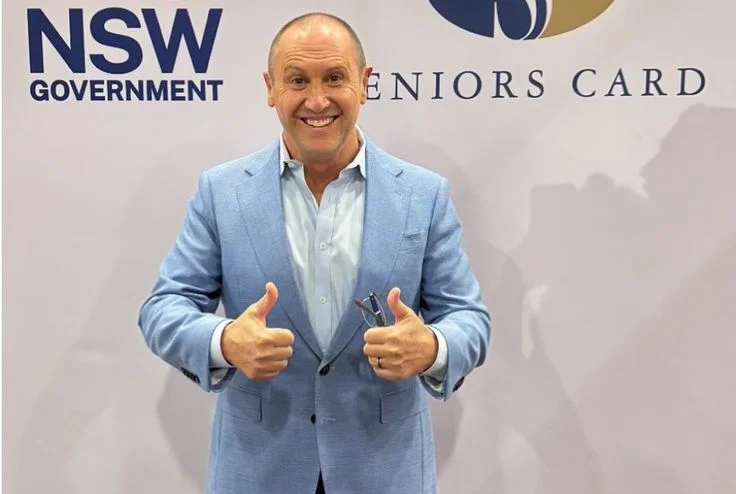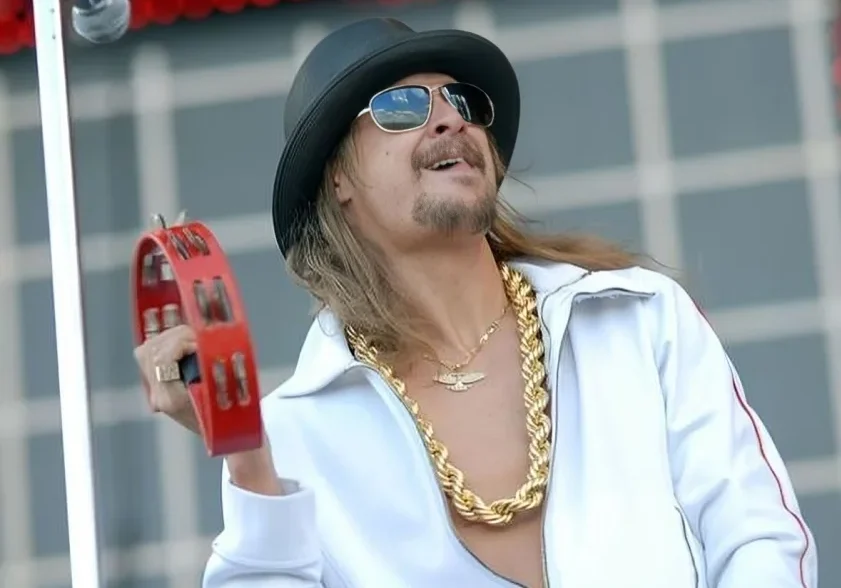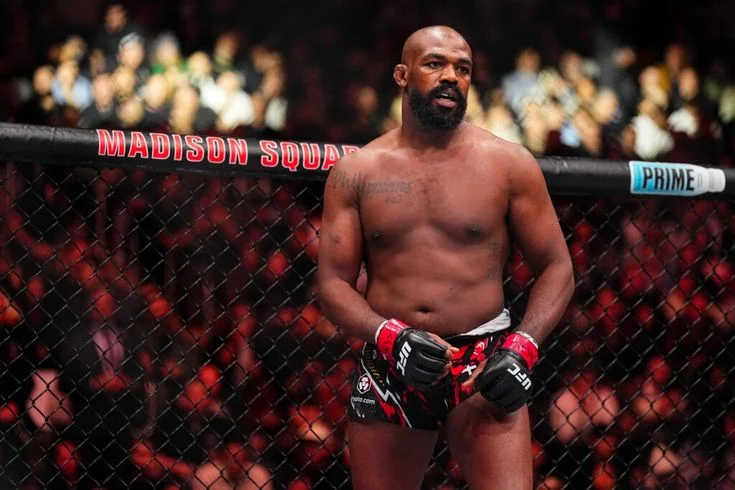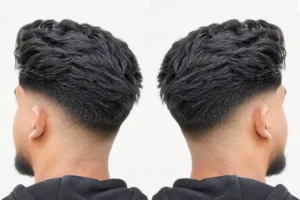
Low taper fade haircuts stand out as one of the most adaptable styling choices that have gained popularity over the last several years. This blend of classic and modern style creates a gradual transition from short to shorter hair. The cut begins just above the ears, resulting in a polished look that suits both office settings and casual situations.
The taper haircut’s appeal lies in its subtle nature, compared to regular fades. The style works great with straight hair to achieve a sleek, professional appearance. It’s equally effective for Black male hairstyles to highlight natural curls and textures. The style has grown beyond its origins in African American, Italian American, and Hispanic American barbershops.
Now it’s a popular choice that enhances everything from buzz cuts to longer textured styles. Additionally, it pairs well with various beard styles to create a cohesive look. The result is a distinctive style that keeps you looking sharp and well-groomed.
So, due to these features and benefits, we have written this blog to tell you everything about this trending haircut. Continue reading to learn about them all.
What is a Low Taper cut and why is It Trending
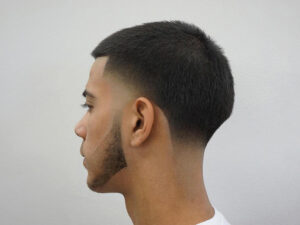
The low taper cut strikes a perfect balance between subtle style and clean precision. This versatile haircut creates a smooth transition from longer hair to shorter lengths, unlike more dramatic cuts.
How a taper fade is different from a skin fade
The main difference between taper fades and skin fades shows up in how short the hair gets at its shortest point. A taper fade gradually decreases in length but keeps some visible hair throughout. A skin fade (also called a bald fade) goes down to bare skin at its shortest point.
Taper fades come with several benefits:
- They give you a more subtle, conservative look that works great in professional settings
- You won’t need as much maintenance as skin fades
- They look good with any hair texture and face shape
- The grow-out phase looks better, so you can wait longer between barber visits
Where the ‘low’ taper starts on the head
The starting point makes a low taper haircut unique. This style begins to graduate just above your ears and neckline, creating a clean line around the perimeter of your head. This lower starting point sets it apart from mid- or high-taper fades, which typically start higher up on the head.
The blending happens smoothly in the bottom inch or so above your ears and neck. This leaves more hair intact throughout the sides and back. You achieve a refined look that maintains your volume while providing a crisp, defined edge along the hairline.
Why it’s popular among professionals and creatives
The low taper fade has become a trend because it’s so versatile. Professional individuals appreciate how it gives them a polished look that suits conservative settings while demonstrating their attention to style. The low taper fade looks especially clean with straight hair and matches well with business clothes.
Creative types appreciate how this cut provides a solid base for more expressive styling on top. Black men often style the low taper to showcase their natural texture while maintaining those professional edges.
This style has caught on because it’s practical too. The modest graduation grows out more evenly than higher fades, which means fewer trips to the barber. Many guys find it hits the sweet spot between modern style and easy maintenance.
Top Low Taper Fade Styles to Try
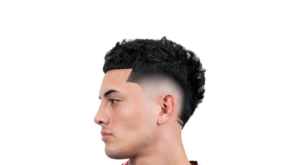
A low taper fade serves as a versatile base for a wide range of hairstyles, from classic to modern looks. This cut features subtle graduation and clean lines that you can customize to match your hair texture and style preferences.
Low taper fade with curly hair
Natural curls look amazing with a low taper cut that reduces bulk while preserving their character. Bouncy ringlets layered and stacked create a rounded shape to frame your face.
Men with thick hair benefit from this style, as the taper controls side volume while letting curls take center stage on top. You’ll get the best results by applying defining curl cream to damp hair and letting it air dry to show off your natural pattern.
Low taper fade with straight hair
A low taper fade paired with straight hair creates a refined look that fits both work and casual environments. The gradual blend adds definition without taking away too much bulk.
You might want to try a longer fringe swept forward from the crown, balanced by an aggressive taper at the bottom. This style suits individuals who desire a polished appearance that requires minimal maintenance and grows out naturally.
Low taper fade with afro or textured top.
A low-taper haircut fade, combined with an afro, creates a fresh, adaptable style that suits any setting. Shape your hair into thick, curly twists or a rounded afro at least three inches long to create a defined silhouette. The fade begins at the temple and extends behind the ear while tapering the curls at the nape. This technique reduces bulk but keeps the unique texture that makes afro styles stand out.
Low taper fade with beard
A low fade taper matched with facial hair creates a complete, masculine appearance. The crisp fade contrasts nicely with a well-groomed beard and makes your jawline pop. Light or medium stubble works great for office environments. The taper blends naturally into the beard to create a smooth flow from head to face that highlights your facial features.
Low taper fade with design or line-up.
Custom designs turn a simple low taper fade into an eye-catching statement. You can choose anything from sharp line-ups along the hairline to complex patterns like zig-zag designs carved into the back above the nape. These personal touches pop against dark hair, giving you endless creative options while maintaining the taper fade’s classic foundation.
Low taper fade with long top or pompadour.
A modern pompadour with a low taper fade retains plenty of length and texture on top, complemented by neat, trimmed sides. The hair stays longest right behind the hairline and gradually shortens toward the crown before blending into a stylish taper. Style it by using hair wax and a wide-tooth comb to add volume and texture to the front. A strong hairspray will keep everything in place for this fresh take on a classic look.
How to Choose the Right Low Taper Fade for Your Hair Type
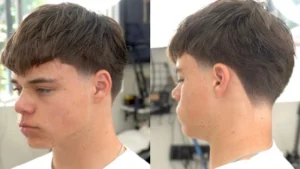
The perfect low taper fade matches your unique features rather than following trends. Your hair texture, face shape, and personal style are vital factors that determine which variation looks best on you.
Best taper fade for straight hair.
Straight hair works well with low fade tapers due to its natural sleekness. The classic taper creates clean lines and sharp definition without the need for heavy styling products. Here’s what works best with straight hair:
- A low, bald taper fade with a side part works well in professional settings
- The top can be slightly longer with textured styling for casual looks
- Light pomade gives a natural finish than heavy waxes
Your straight hair’s natural smoothness pairs perfectly with the gradual transition of a low taper haircut. You’ll just need regular trims every 3-4 weeks.
Best taper fade for black male hair.
Black hair’s natural texture creates amazing contrast with low taper fades. This style improves the hair’s natural volume and gives clean, defined edges.
Here’s what works for textured hair:
The cropped afro with a low taper fade effectively emphasizes natural curls with minimal styling effort. Your twists stay healthy with leave-in conditioner and sulphate-free shampoo. The buzz cut with a low taper gives you a stylish look that’s easy to maintain through precise fade work.
Face shape considerations
Your face shape greatly affects how a low taper fade will look:
Round faces look better with low and mid fades that add height on top. This creates definition and makes the face appear longer.
Square faces pair well with high taper fades that improve angular features and highlight a strong jawline.
Oval faces can rock almost any taper fade variation without losing their natural balance.
Heart-shaped faces look great with bald fades that move attention from wider foreheads to the hair on top.
Diamond faces work best with mid-fades that complement angular features without overpowering them.
Hair density and volume tips
A low taper fade makes thin hair appear fuller by keeping more volume on top while gradually decreasing length on the sides. Thick hair looks better with more aggressive tapering that controls bulk while maintaining the structured look.
Your barber can give you a customized cut that works with your natural hair traits if you communicate clearly about them.
Styling and Maintenance Tips for a Sharp Look
Your low bald taper fade’s sharp, clean look needs the right products and regular upkeep. A great fade won’t stay fresh without proper care. The right routine will help you keep that fresh-from-the-barber look longer.
Recommended products for hold and shine
Your hair type and desired finish will determine the perfect styling arsenal. Lightweight products work best for textured or curly tops and won’t weigh down natural volume:
- Pomade or Styling Cream: Ideal for slick, controlled styles with varying levels of shine
- Matte Clay: Perfect for natural-looking texture without shine
- Sea Salt Spray: Adds volume and texture for casual, tousled looks
- Leave-in Conditioner: You need this to keep curly hair moisturized and defined
Straight hair needs products that add definition without too much weight. Water-based pomades give you a cleaner finish and won’t build up over time.
How often should you trim and maintain the fade
A low taper fade’s crisp lines start to soften after about two weeks. You should visit your barber every 2-3 weeks to keep that sharp definition. A quality set of clippers with proper guards will help you maintain cleaner lines between appointments, especially around your neckline and sideburns.
Daily styling routine for different hair types
Straight hair needs just a small amount of product on towel-dried hair. Style it with your fingers or a comb based on your desired look. Remember, less product creates more natural results.
Curly hair needs extra care to fight frizz. Your styling products should be applied to damp hair, not completely dry. Too much heat can damage your natural curl patterns. Use your fingers instead of combs on textured tops to keep definition without messing up curl patterns.
Avoiding common mistakes with taper fades.
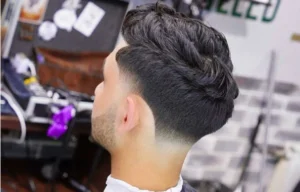
Most guys wait too long between trims and let their fade lose its clean lines. Using the wrong products, especially those that are too heavy for your hair, can make a fresh fade look flat and greasy.
Home maintenance can be tricky. You should stick to simple clean-up until you master your trimming skills instead of trying to recreate the whole fade. Good scalp care matters too; skip it and you’ll end up with flaking and irritation that ruins an otherwise sharp look.
Conclusion
Low taper fades rank among the most versatile haircuts a man can choose. They work great with any lifestyle and personal taste. This classic style creates a subtle yet polished look that fits both office environments and casual occasions.
The low taper gives you a more conservative appearance compared to high or skin fades. You still get that clean, defined look most men want. The fade’s lower position near the ears and neckline blends smoothly as it grows out. This means fewer trips to your barber.
Your low bald taper fade pairs well with any hair type – curly, straight, textured afro, or a neat beard. Face shape plays a big role in picking the right variation. Round faces look better with added height at the top.
Men with oval faces can rock almost any taper style they want.
That fresh barbershop look needs regular care. Book your trim every 2-3 weeks to keep those lines sharp and precise. Pick styling products that match your hair type to boost your look without making it heavy.
The low taper cut’s popularity exists with good reason, too. This classic cut mixes modern style with easy maintenance. Men can express their style while maintaining a professional appearance.








